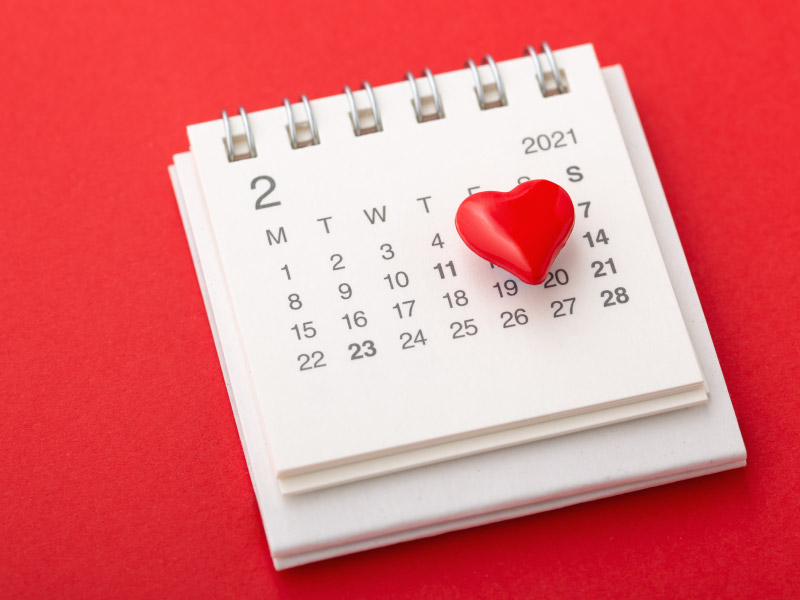National Heart Month:
What is the Importance of This?
March 1, 2021

February holds many national factors; Black History, Raynaud’s Awareness, National Children’s Dental Health, Boost Your Self-Esteem, and, you guessed it, National Heart Month!
National Heart Month recognizes the number one killer of Americans; heart diseases. Any illness has the potential to damage your heart; obesity, alcohol, smoking, high blood pressure, certain cancers, Congenital Heart Disease, mur-murs, etc.
During the February of 1964, there was a proclamation established. It determined that February itself should honor those who struggle with heart issues after President Lyndon B. Johnson suffered from a heart attack. The first Friday of the month is National Wear Red Day.
It is said that this year’s event is more important than ever due to the outbreak of the coronavirus, affecting both the lungs and the heart in negative ways. Hackensack Meridian Health educated, “Myocarditis [caused by a viral infection/virus] can impair the heart’s ability to pump blood and send electrical signals. Severe forms of myocarditis can lead to more serious problems like abnormal heart rhythms, heart muscle disease and heart failure.” Covid-19 is well-known for creating extreme inflation in the heart and surrounding areas. If you have recently had the CoronaVirus, doctors say to look for these symptoms:
- Extreme fatigue
- Trouble breathing
- Unexplained swelling
- Chest pain
Additionally, Heart.org exclaims that since the hit of the virus, many individuals have resisted visiting hospitals after suffering from a heart attack or strokes. Following the quarantine era, people have engaged in unhealthy lifestyles, whereas now many eat unhealthy, drink more often, and no longer attend the gym or participate in any physical activity.
Furthermore, one in every four deaths is due to cardiac issues and complications (someone dies every thirty-six seconds) where Coronary heart disease is the most common killer. Also, just in the US, someone has a heart attack every forty seconds. CDC states, “About 1 in 5 heart attacks is silent—the damage is done, but the person is not aware of it.”
Interesting enough, heart disease can be based on your gender, race, and ethnicity. The chart below, provided by the CDC, demonstrates the percentage of deaths between these catagories.
| Race of Ethnic Group | % of Deaths | Men % | Women % |
| American Indian or Alaska Native | 18.3 | 19.4 | 17.0 |
| Asian American or Pacific Islander | 21.4 | 22.9 | 19.9 |
| Black (Non-Hispanic) | 23.5 | 23.9 | 23.1 |
| White (Non-Hispanic) | 23.7 | 24.9 | 22.5 |
| Hispanic | 20.3 | 20.6 | 19.9 |
| All | 23.4 | 24.4 | 22.3 |
It is clear and vigilant that those who are White and Non-Hispanic suffer the most, especially the women, compared to American Indian or Alaska Native groups. Besides cancer, heart disease kills over 200,000 women per year.
Centers for Disease Control and Prevention enables means in which one can decrease their chance of cardiac problems.
- Keep track of your blood pressure
- Uncontrolled blood pressures, which have no symptoms, are forewords to heart diseases.
- Diabetes
- Diabetes is very important to talk to your doctor about getting tested for.
- Quit Smoking
- So many people, including young kids, have introduced to their bodys unhealthy amounts of nicotine
- Check your blood’s cholesterol and triglyceride levels
- Eat Healthy!
- Obesity and being overweight creates many issued within your body
- Manage Stress Levels
- Stress creates too much tension within the body, making your body work harder
It is exceedingly prominent that when it comes to your body, you pay close attention. Happy National Heart Month!

